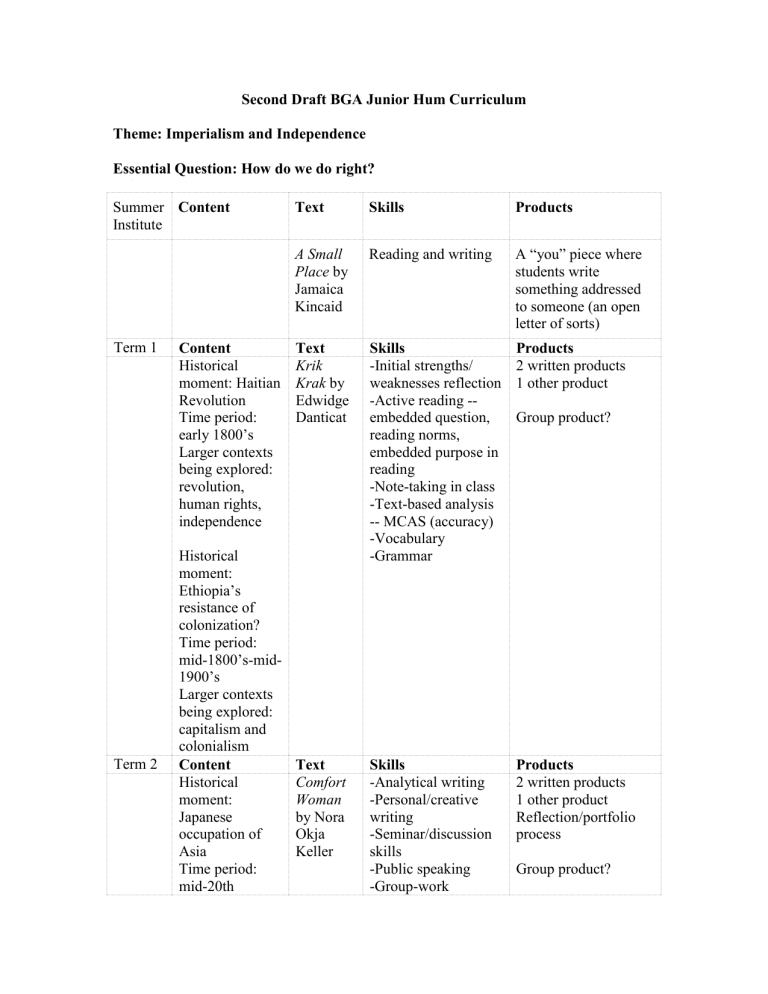
A definite note of strength is found in this: As comfort women ravaged by the soldiers, the aspect of physicality, the sense of touch, would have been all too real for these women. “When I hummed certain sections, the women knew to take those unsung words for a message” (20). “I would sing to the women,” she relates. Akiko, who spoke to own her mother in a sort of secret language (17), employs a similar method to “speak” to the comfort women. The motif of language is one that is of interesting focus in the story.

The fact that Keller devotes this novel to their stories, as presented by a woman and her daughter, is something that cannot be dismissed, in whatever form, but Keller manages to present a story that is well-written and delicately told.īeccah’s childhood dreams of fitting into American culture surrounded by Marie Osmond and blue-eyed dolls, and Akiko’s own strained relationship with Beccah’s father, an American missionary, find common ground in the unspoken ties that unite mother and daughter. This uncertainty, bound and tangled with motherly love, compels both Beccah and Akiko to form their identities in the fluid space between them.Ĭomfort women, kept in imprisoned prostitutes in Japanese camps during World War II, are a story of history that are not often brought to light (and are, in fact, denied by many to have even happened). In fact, in some ways Akiko, as she was known in the comfort stations, is not sure whether to share her story at all.

Kim Soon Hyo, the mother in Nora Okja Keller’s Comfort Woman, is not sure how to share her own story of being a comfort woman with her daughter, Beccah Bradley.


 0 kommentar(er)
0 kommentar(er)
